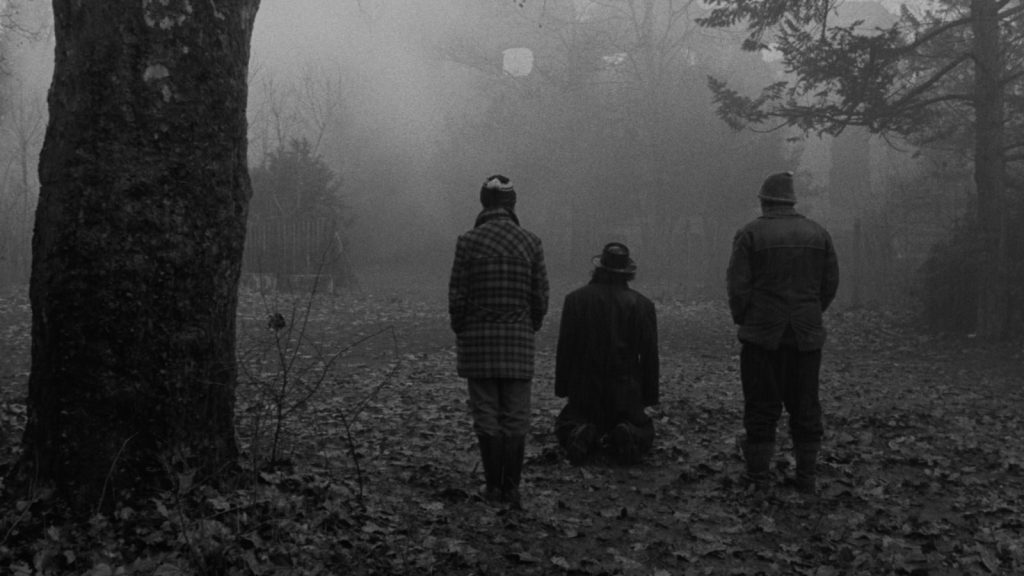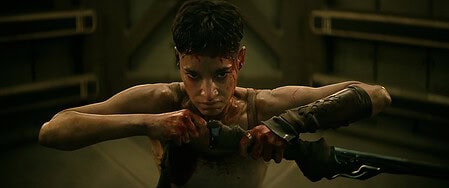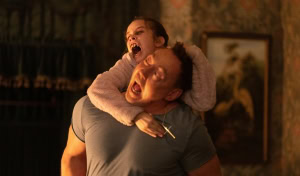The debate over whether or not a film can justify its runtime is one that has been hotly contested for years, but especially over the last couple of decades. As attention spans have dwindled due to the barrage of “content” flooding our brains (I’m as guilty of this as anyone), the ability to completely immerse yourself into something that is not all quick cuts and flashy editing that burns through the plot at a frenetic pace has become more of a struggle to maintain. Audiences balked at the idea of sitting through three-and-a-half hours of The Irishman just recently, and that was a propulsive crime drama that rarely lacked narrative momentum. If you were someone who took issue with the length of the Scorsese joint, there is nearly zero percent chance you will be settling in to watch Béla Tarr’s 1994 Hungarian epic art drama Sátántangó. Based on the 1985 novel of the same name by Hungarian novelist László Krasznahorkai, the meditative, bleak black-and-white tale runs nearly a cool seven-and-a-half hours with the typical shot lasting in the ten minute ballpark. It is an incredibly daunting undertaking, but it serves as something of a rite of passage for the most serious cinephiles.
Understandably, a lot of notice is paid to the colossal runtime associated with this artistic expression, but it should not be embarked upon as if it is some kind of homework assignment. Beyond this conversation lies a simple, rhythmic story of a poverty-stricken rural village that is on the verge of complete economical and societal collapse. The film is divided into twelve parts with each section following a different facet of an overarching story which culminates in the audience understanding some form of subjective truth about these inhabitants. I say subjective thanks to the subtle shifts in how certain events play out when viewed through the different perspectives of each character. Even the way the film plays with chronology offers up an added layer of complexity that can only be fully appreciated at the end of the journey. Tarr has not crafted this film just to function as some kind of endurance test; the length of the film allows the film to breathe and morph into something of staggering emotional complexity.
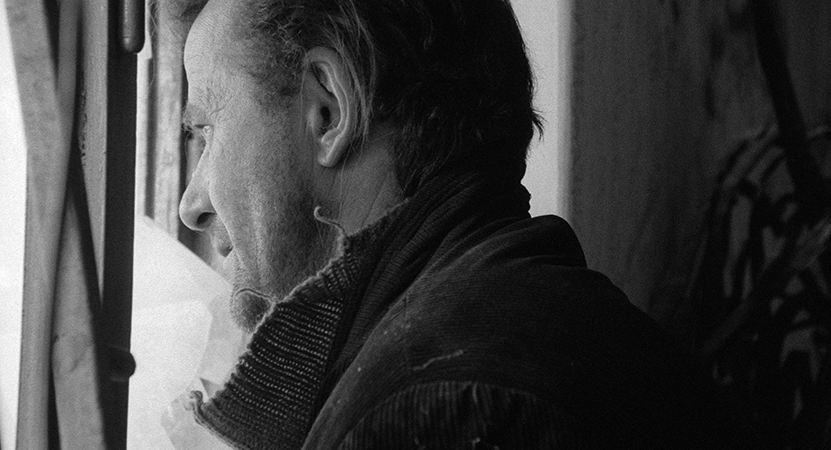
The first shot of the film accomplishes so much by seemingly doing so little. The camera follows a group of cattle uninterrupted for nearly eight minutes as they wander around aimlessly until they eventually leave town. On a base level, this allows your brain to get into the particular rhythms of the film and prepare your attention for this narrative. Thematically, it expresses a freedom to leave for these cows that the residents of this village do not seem to possess. This village is not only plagued by a lack of wealth, but also a lack of morality that can partially be attributed to their lot in life. These people are desperate for more than they have, and from this desperation breeds contempt for one another, greed, infidelity, cruelty and deception. We learn at the beginning of the film that these farmers are supposed to be receiving a share of a large sum of money, but a fair share is not enough for some people. Every member of the community is out for themselves and every lie connects to one another in a way that will not end up beneficial for anyone.
The film is very musical, both in the haunting score from Mihály Vig (also playing one of the most dynamic characters of the film, Irimiás) as well as the rhythmic nature of the filmmaking. Each segment complements one another until we have uncovered every betrayal and tragedy that has stemmed from these people. This evil dance, or Sátántangó, is personified midway through the film as we get a hypnotic night of revelry from these drunken townspeople. The act itself is nothing malicious, but the heartbreaking nature of what it means to a certain secondary character is a tragedy not worth spoiling here. Tarr follows in the footsteps of such giants as Andrei Tarkovsky, except Tarr eschews the belief in a higher power for an experience more devoid of hope. The lack of faith in the basic decency of humanity is readily absent throughout the runtime. Two segments of the film are named after a spider’s web as Tarr indulges in the metaphor of the interconnected trap where these morally bankrupt figures are fated to reside.
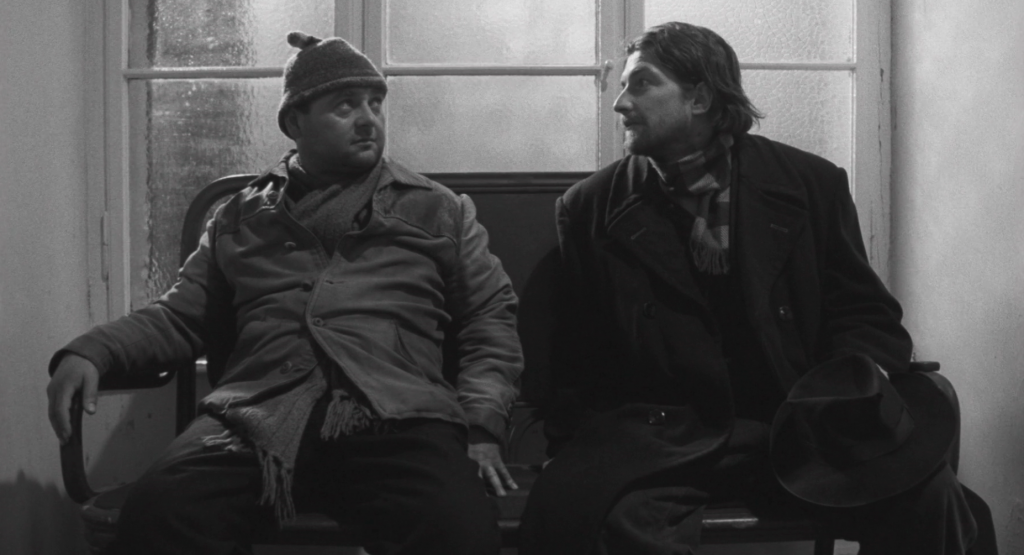
Sátántangó is not an experience that should be entered into lightly. Even with the matter of time you would need to invest notwithstanding, the story itself can be incredibly draining on an emotional level. Moments of levity are almost nonexistent save for moments of intoxication from various characters that are still laced with melancholy. There is not a happy ending in store that will leave you with hope. Director Béla Tarr wants you to feel uncomfortable as you linger to a distressing degree on certain moments that will haunt you long afterwards. If any aspect of this film seems like a deal breaker for you, there is no shame in spending your time elsewhere. If you do invest the time, though, you might just be greeted with something that will speak to you like few things in life will. Great art is meant to challenge you and evoke a response. I am not even sure if I have gotten everything that I can from a single viewing of this film. There is so much to unpack and reflect upon that it does a disservice to try to analyze it too quickly. I do know this – Sátántangó is an outstanding feat of filmmaking that offers a singular experience that is unlike anything else.
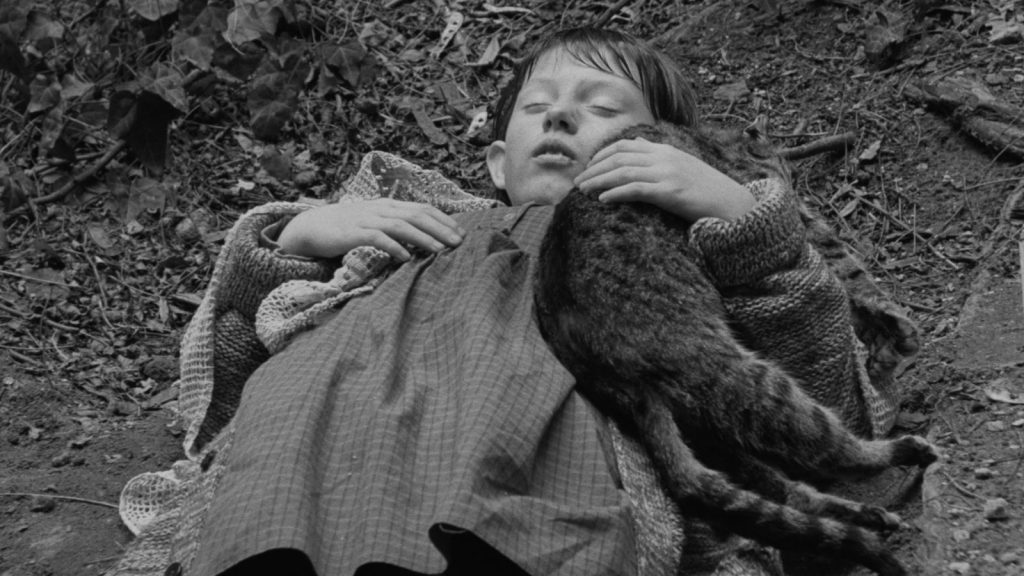
Video Quality
Sátántangó makes its US Blu-Ray debut in its original 1.66:1 thanks to Arbelos with a brand new 1080p release sourced from a 4K digital restoration of the 35mm original camera negative. For a film that uses imagery so effectively, it is heartening to see it look so spectacular. The gorgeous black-and-white photography shot by Gábor Medvigy sparkles in high definition with natural grain respectfully intact. There is a fantastic amount of detail present with nice textures on the clothing, especially in the shabby clothing that adorns the poverty-stricken residents. The new transfer shows off a great amount of depth and enhanced detail within the shabby living quarters or the barren, muddy fields. Black levels are very deep with no trace of black crush, compression artifacts or other digital anomalies. The nuance in the grays is quite impressive throughout. The contrast is well defined, and there is virtually no print damage to be found. Arbelos has given this one the 5-star treatment.
Audio Quality
The Blu-Ray disc comes with a very strong DTS-HD 1.0 mono track in the original Hungarian with optional English subtitles. The transfixing score from Mihály Vig anchors the film and sounds great when it pops up throughout, as it draws you into the inner turmoil of the characters. Tarr makes films that are incredibly sparse, and this track does everything it needs to ensure that dialogue comes through clearly. Environmental sounds such as animal noises or weather effects are rendered well alongside everything else. There does not seem to be any majorly noticeable instances of age-related wear and tear. Arbelos has given this film the perfectly preserved, faithful audio presentation it deserves.
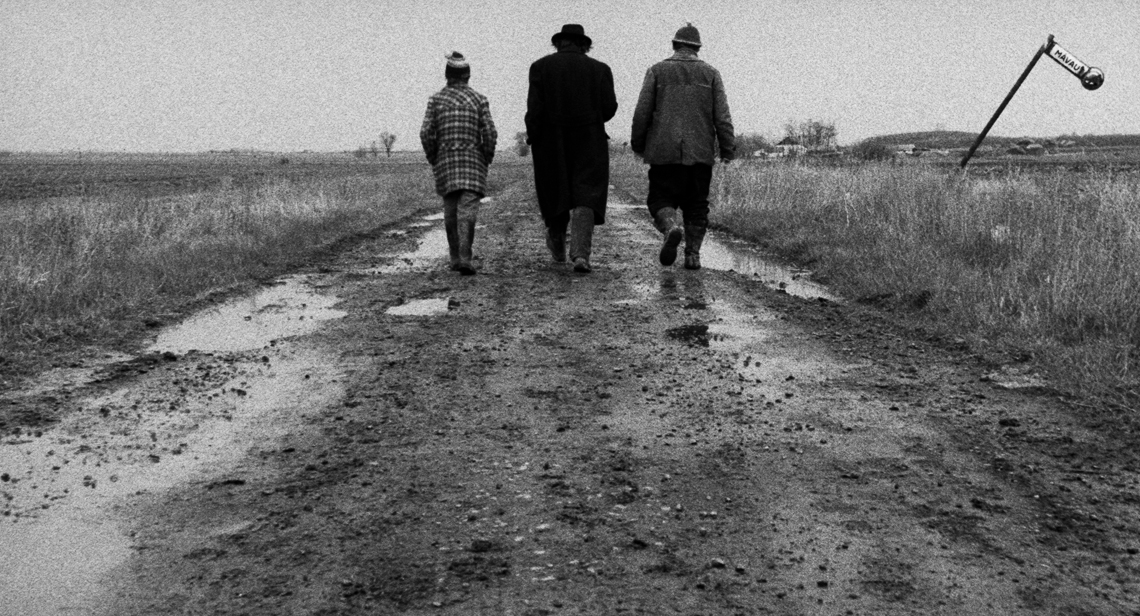
Special Features
- A Sense of Rhythm: A 41-minute interview with composer and star Mihály Vig in which he gives some background information on himself, his relationship to music from childhood onwards, getting involved with Sátántangó, creating the haunting music and more. This is a very engaging and worthwhile conversation presented in Hungarian with English subtitles.
- Orders of Time In Motion: A 20-minute video essay from Kevin B. Lee that offers an invaluable breakdown of the shots in the film and how Tarr expertly uses the camera to tell his story in a way that flies in the face of Hollywood norms. This is an essential supplement that helps you appreciate the film on a deeper level.
- 2007 Archival Interview with Director Béla Tarr: A 23-minute conversation with Tarr in which he discusses the ambitious nature of the project, discovering the book, the ugly nature of the story, the impossible task of adapting the book and much more. It is very worthwhile to hear directly from the director of such a unique project.
- U.S. Theatrical Trailer: A nearly three-minute trailer that focuses on critical notices from notable figures such as Martin Scorsese and Jim Jarmusch against some of the haunting music and images from the film.
Final Thoughts
Sátántangó is quite a monumental undertaking, but one that should prove quite powerful for serious cinephiles. Director Béla Tarr pours his artistic ambitions into this seven-hour opus that is filled with beautifully composed long-takes and perfectly-captured naturalistic performances. The new Blu-Ray from Arbelos is a breathtaking sight to behold with the new 4K restoration, and the supplemental features are incredibly compelling. It should not be understated that this is not a film for everyone, but those with the patience and interest will be rewarded quite handsomely. Recommended
Sátántangó is currently available to purchase on Blu-Ray.
Note: Images presented in this review are not reflective of the image quality of the Blu-Ray.
Disclaimer: Arbelos has supplied a copy of this disc free of charge for review purposes. All opinions in this review are the honest reactions of the author.

Dillon is most comfortable sitting around in a theatre all day watching both big budget and independent movies.


